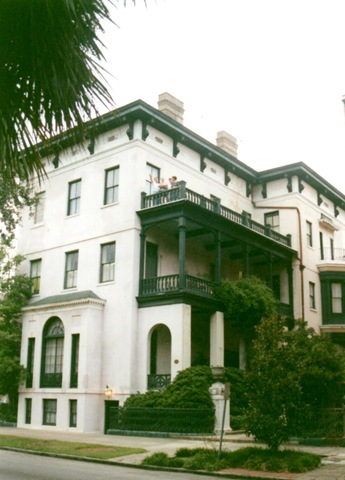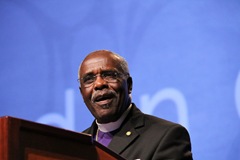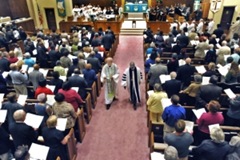 A few years ago, our middle daughter spent a year at SCAD—the Savannah School of Art and Design—and we became acquainted with this stately city of the south that had escaped the destruction of the civil war. We spent a frantic first weekend trying to find a suitable apartment to rent. Sitting at a Waffle House near the airport on the morning of our scheduled departure, we remained frustrated and dissatisfied with everything we had seen to that point. We decided to reschedule our flights and spend one more day looking. It was worth the wait. We found a huge third floor apartment in an antebellum mansion overlooking Forsyth Park with beautiful woodwork and two fireplaces, and the rent was surprisingly reasonable.
A few years ago, our middle daughter spent a year at SCAD—the Savannah School of Art and Design—and we became acquainted with this stately city of the south that had escaped the destruction of the civil war. We spent a frantic first weekend trying to find a suitable apartment to rent. Sitting at a Waffle House near the airport on the morning of our scheduled departure, we remained frustrated and dissatisfied with everything we had seen to that point. We decided to reschedule our flights and spend one more day looking. It was worth the wait. We found a huge third floor apartment in an antebellum mansion overlooking Forsyth Park with beautiful woodwork and two fireplaces, and the rent was surprisingly reasonable.
It was Savannah where John Wesley arrived in 1736 to begin his missionary work, and a uniquely American church was born with deep southern roots. Today, twelve million United Methodists are the primary spiritual heirs of Wesley’s missionary efforts.
But, there are others who were torn away by the harsh realities of slavery and a church willing to abide by the racial mores of a different time. At General Conference 2012 (GC2012), there will be a family reunion, of sorts, and old wounds will be redressed. A full communion agreement is expected to pass with overwhelming support that would establish a formal bond with several African-American denominations that also are progeny of Wesley’s early church.
An affirmative vote would establish a new relationship among the African Methodist Episcopal, African Methodist Episcopal Zion, African Union Methodist Protestant, Christian Methodist Episcopal, Union American Methodist Episcopal and United Methodist denominations.
“I think it’s important and significant because our family in the United States is not united, and there are reasons why this is so,” said retired United Methodist Bishop Alfred L. Norris Sr., who leads the Pan-Methodist Commission.
Most of those reasons center around racism, he noted, with the other denominations “started as a response, reaction, revolt against inhumane treatment in the Methodist family.”
 A year ago, I was a voting member at my own denominational national convention, the ELCA Churchwide Assembly in Orlando. One of the highlights was the address by Bishop George Walker of The African Methodist Episcopal Zion Church. He received a long and warm standing ovation.
A year ago, I was a voting member at my own denominational national convention, the ELCA Churchwide Assembly in Orlando. One of the highlights was the address by Bishop George Walker of The African Methodist Episcopal Zion Church. He received a long and warm standing ovation.
Bishop Walker’s presence was both the culmination of five years of dialogue with the AME Zion Church, and also the prelude to scheduled meetings in Salisbury, North Carolina between leaders of the two denominations. On the 16th of September, 2011, the leaders celebrated what promises to be an “unprecedented agreement between historically white and black churches” in a communion service at St. John’s Lutheran Church of Salisbury.
The mutuality expressed at the religious service and also at the discussions the following day are the result of a fortuitous geographical commonality. Salisbury is home to AME Zion’s Hood Seminary, Livingstone College, and the ELCA’s North Carolina Synod Headquarters. Rubbing elbows together in the same small city led to friendships which in turn led to the current discussions.
Georene Jones, a St. John’s member and student in the theological studies program at Hood Theological Seminary, called Friday’s service an “absolute affirmation of what I believe.”
“It gives me great hope for the future of the church,” she said. “This is a culmination of my hopes and dreams.”
The ELCA and the UMC have been full communion partners since 2009.
